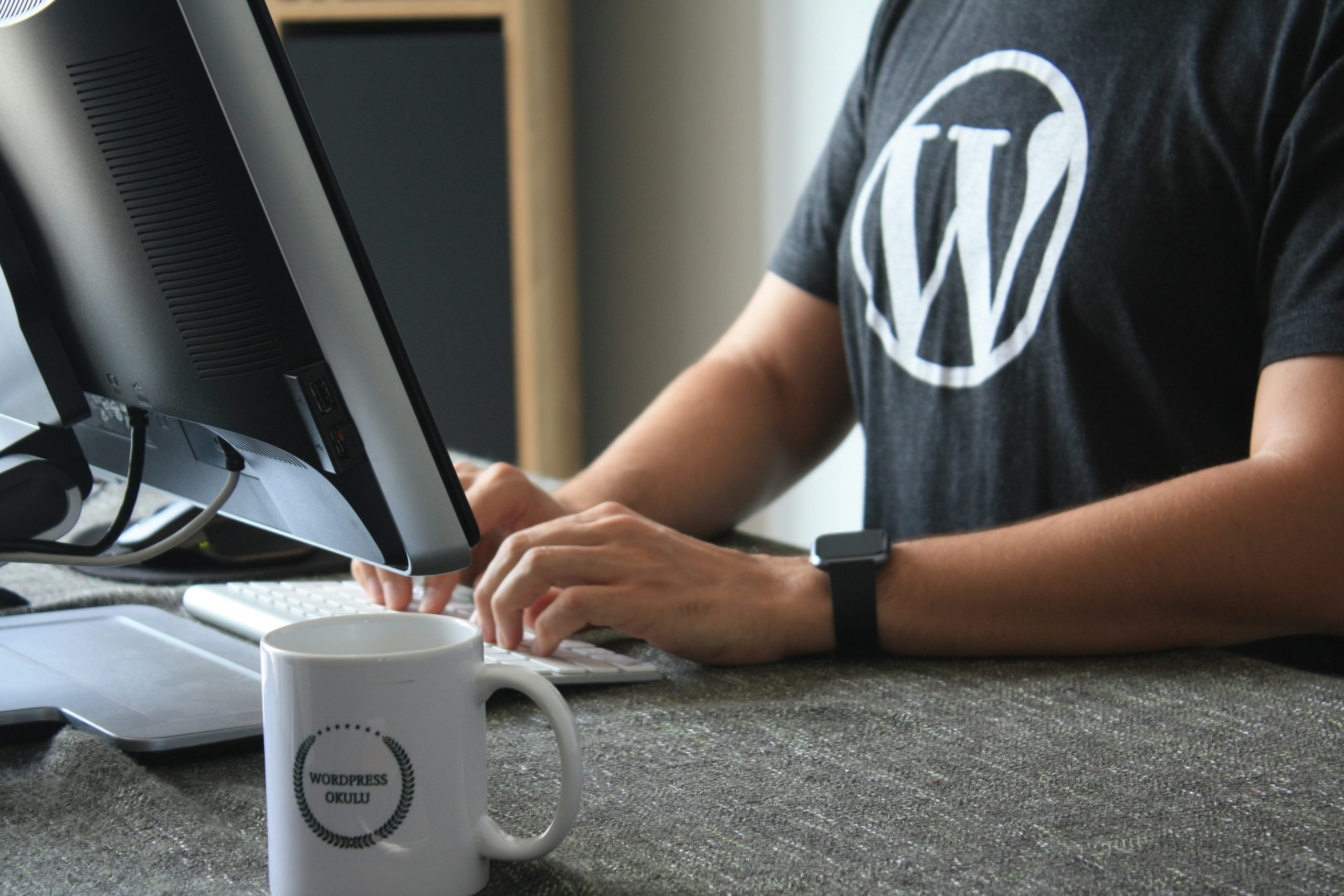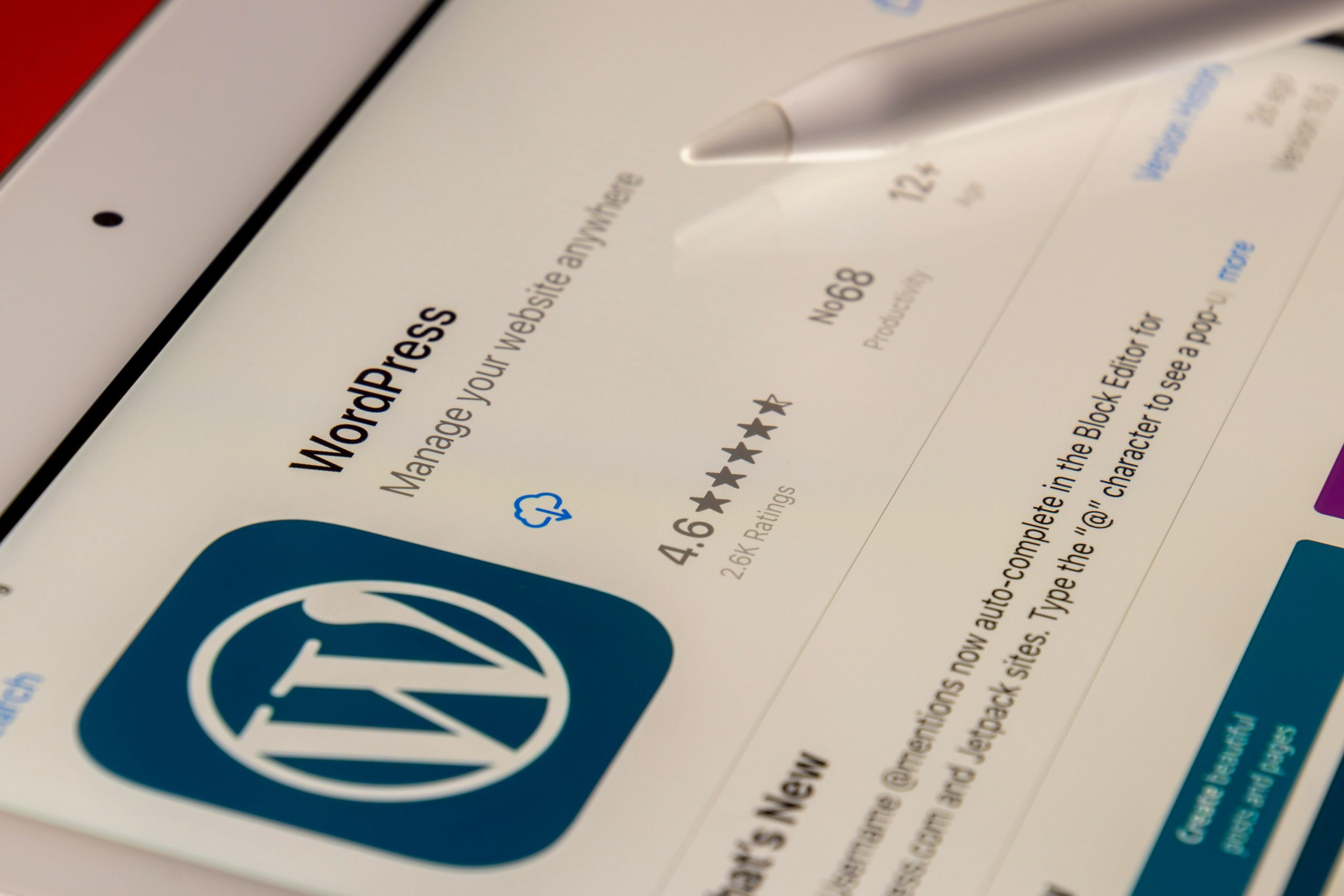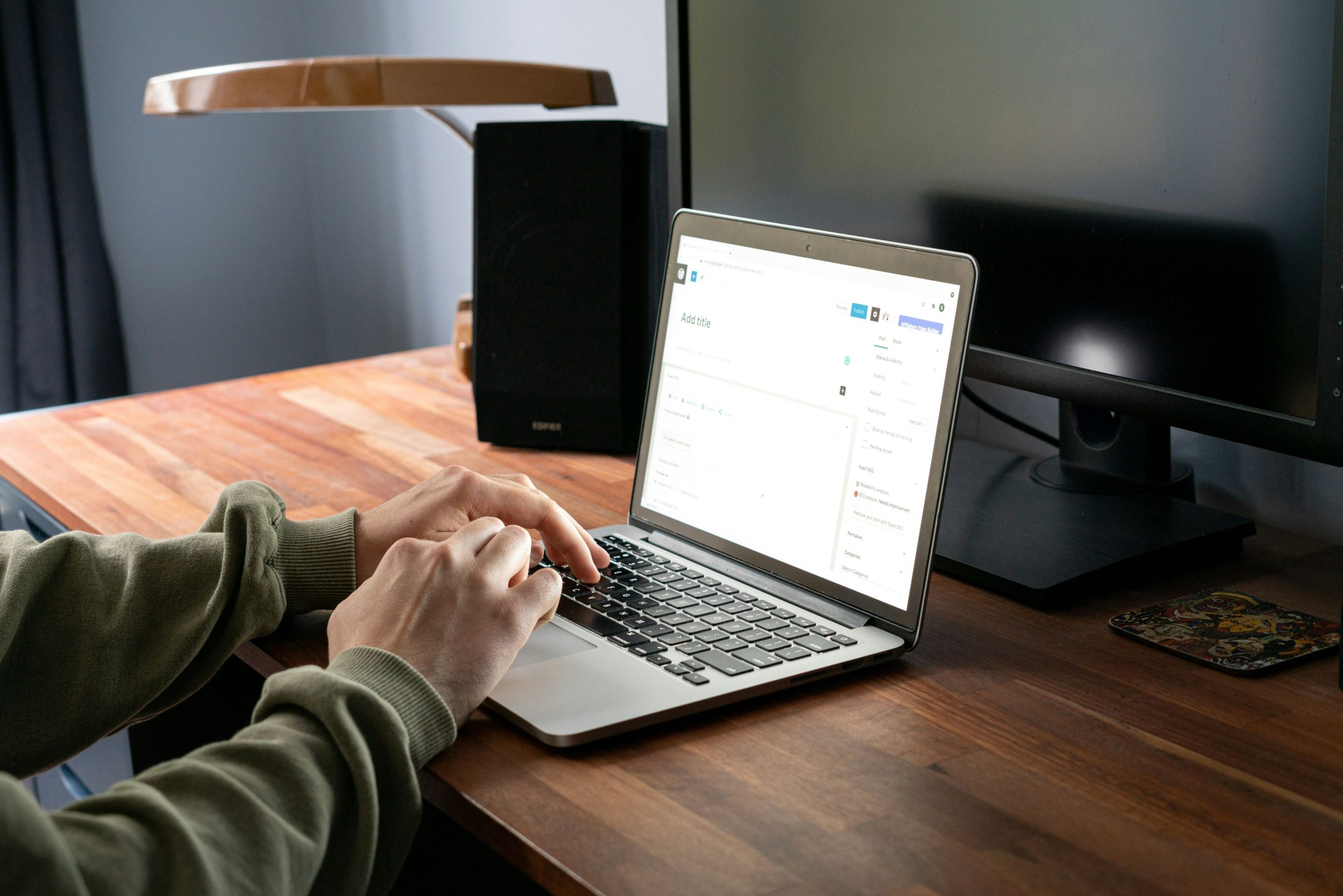In an era where online presence can make or break a business, the choice of platform for managing multiple websites is a crucial one. Enter WordPress Multisite—a powerful feature that allows users to create and manage a network of sites from a single WordPress installation. While the convenience it offers is undeniable, the looming question remains: Is this functionality as safe as it sounds? With cyber threats evolving at lightning speed and data breaches making headlines, website administrators must tread carefully when considering their options.
Imagine having the ability to streamline updates, share resources, and maintain consistent branding across all your sites with just a few clicks. Sounds appealing, doesn’t it? However, this ease of management comes with its own set of security challenges that can leave even seasoned developers feeling uneasy. In this article, we will delve into the safety aspects of WordPress Multisite—examining vulnerabilities inherent in shared environments and exploring best practices to safeguard your digital assets against potential threats. Join us as we uncover whether this robust solution stands up to scrutiny in today’s ever-evolving cyber landscape.
What is WordPress Multisite?
WordPress Multisite is a powerful feature that allows users to create and manage multiple websites from a single WordPress installation. This means if you run a network—be it an educational institution with various departments, a business with multiple branches, or even a personal brand showcasing different facets—you can consolidate management and updates under one roof. Instead of juggling numerous installations and logins, Multisite streamlines operations by allowing centralized administration of themes, plugins, and user roles across all sites.
What sets WordPress Multisite apart is the flexibility it offers for customization while maintaining consistent branding. Each site can have unique themes and plugins activated independently, catering to differing audience needs without compromising on cohesive functionality. Moreover, managing updates becomes more efficient; when WordPress core is updated at the network level, all associated sites benefit instantly. However, this power comes with its complexities—including user permissions and backup strategies—which should be well-understood to harness its full potential safely.

Common Security Threats to Multisite
One of the most pressing security threats to a WordPress Multisite setup is the exposure of user credentials across multiple sites. In a network where one compromised site can serve as a gateway, hackers often exploit vulnerabilities in plugins or themes that are active on multiple sites within the network. This interconnectedness means that a single breach could potentially compromise all sites under the same umbrella, making meticulous oversight crucial for maintaining security.
Another critical area to consider is insufficient access controls. Without strict role management and permissions tailored to each site’s needs, administrators risk granting excessive privileges to users who may not require them. This oversight can lead to unintended changes or even malicious actions by insiders—often referred to as insider threats—which can be particularly damaging in a banner of shared resources like Multisite networks. Implementing robust monitoring and auditing systems helps identify unusual activity quickly and reinforces defenses against both external hacking attempts and internal mishaps.
Best Practices for Securing Multisite
To ensure robust security across a WordPress Multisite network, implementing strong user role management is crucial. It’s essential to limit permissions based on necessity; not all users need the same level of access. Review existing roles regularly and adjust them as necessary to prevent unauthorized changes to your sites. Consider using plugins specifically designed for advanced user management that offer more granular control over what each user can do within the network.
In addition, employing consistent security protocols across all sites can significantly bolster protection. This means regularly updating themes, plugins, and the core WordPress software—anything less could leave vulnerabilities open for exploitation. Utilize a centralized security plugin that provides comprehensive coverage for your entire multisite network instead of piecemeal solutions on each individual site. Furthermore, enable two-factor authentication (2FA) for users with administrative access to add an extra layer of defense against potential breaches.
Lastly, embracing a proactive approach towards data backup is indispensable in maintaining security integrity. Ensure that you have automated backup solutions in place that cater to your multisite setup while also allowing site-specific backups when needed. Regularly test your backups by performing restoration drills; this will help you confirm their effectiveness in safeguarding your data against threats or accidental loss. By taking these steps seriously, you align both convenience and safety within the complex yet rewarding structure of a WordPress Multisite environment.

Plugins and Tools for Enhanced Security
Integrating robust plugins and tools into your WordPress Multisite environment is crucial for enhancing security. Security plugins like Wordfence or Sucuri not only offer firewall protection but also enable real-time monitoring of network activity, helping you identify and neutralize threats before they escalate. Additionally, implementing two-factor authentication (2FA) through plugins such as Duo Security enhances login security, ensuring that even if credentials are compromised, unauthorized access remains a challenge.
Moreover, using tools like WP Cerber can bolster user management by allowing administrators to set fine-grained access controls across different sites in the network. This ensures that users have only the permissions they need while minimizing exposure to potential vulnerabilities. Regularly updating themes and plugins is equally important; utilizing update management tools can automate this process and reduce the risk associated with outdated software. By leveraging these powerful solutions thoughtfully, you can create a layered defense strategy that not only secures individual sites but fortifies your entire Multisite framework against emerging threats.
Monitoring and Maintenance Strategies
Effective monitoring and maintenance strategies are essential for ensuring the security and performance of a WordPress Multisite network. Regularly updating core files, themes, and plugins can prevent vulnerabilities that hackers often exploit. It’s not just about keeping everything up to date; implementing automated backup solutions can provide peace of mind, allowing you to easily restore your sites if problems arise. Consider utilizing a centralized dashboard for oversight, enabling you to monitor site performance metrics across the entire network from one location—this enhances operational efficiency and simplifies troubleshooting.
Another vital component is establishing a robust user role management system. This ensures that only authorized personnel have access to sensitive areas within the multisite setup, significantly reducing potential security risks. Coupling this with proactive monitoring tools can alert you to unusual activities or potential breaches in real time, allowing for swift action before an attack leads to serious repercussions. Ultimately, a well-rounded approach combining preventive measures with consistent evaluation will keep your WordPress Multisite environment secure and thriving.

Conclusion: Weighing the Risks and Benefits
In weighing the risks and benefits of WordPress Multisite, it’s essential to understand that its efficacy largely depends on the specific needs of your project. For organizations with multiple sites requiring consistent branding and centralized management, Multisite can be a game changer. It streamlines updates, simplifies theme management, and allows for unified user permissions. However, this convenience is not without its pitfalls; security vulnerabilities can proliferate if not managed meticulously. A single compromised site could jeopardize the integrity of all connected blogs.
Moreover, performance is another critical factor to consider. While Multisite can reduce server load by sharing resources across subsites, improper configuration or exacerbated traffic could lead to significant slowdowns or downtime for all instances under one network. To truly leverage the benefits while mitigating risks, it’s imperative for users to have robust cybersecurity measures in place along with a solid backup strategy. Ultimately, careful consideration and proactive management will dictate whether WordPress Multisite serves as a valuable asset or a potential liability for your web presence.